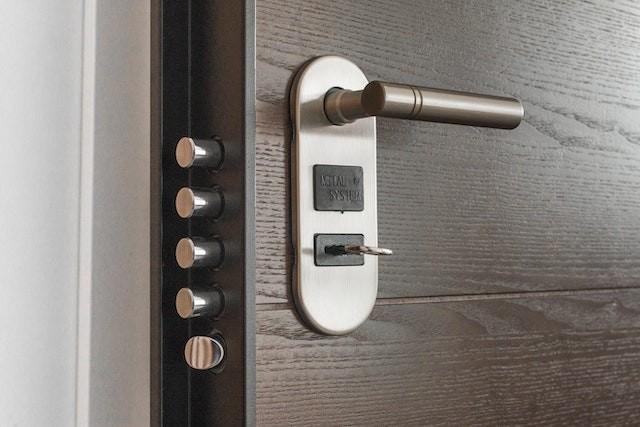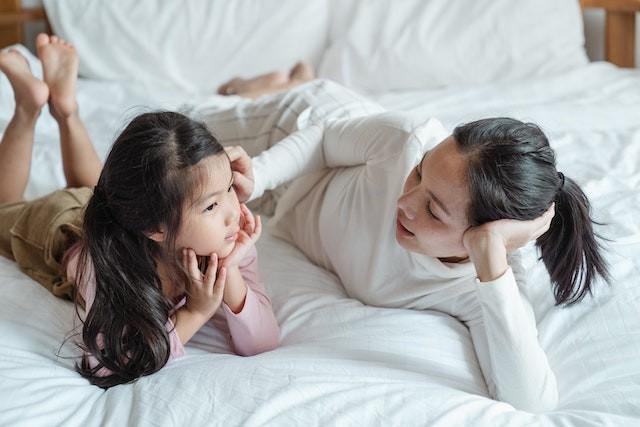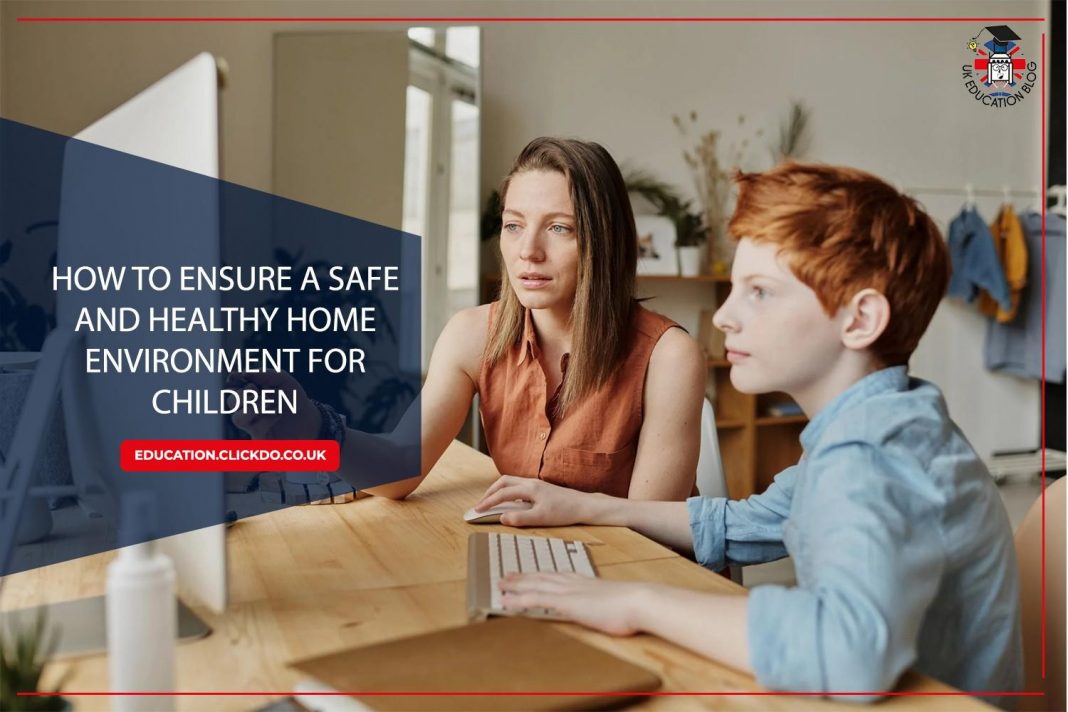For young children, being in outdoors would be their preferred environment.
Sunlight, fresh air, and plants are all of nature’s gifts that children appreciate and a minimalist lifestyle can often incorporate such features. For children of grade-school age, recess in the outdoors is the time of day they look forward to eagerly.
The time they spend outdoors allows them to play and stay physically active, which is essential to keeping them healthier and happier.
However, your children will also spend a lot of time indoors, and it is vital to create a safe and healthy home environment to ensure that they are well and focused and protected from anything that can be harmful to them.
You may not be aware of it, but your home environment does not only impact the behavior and disposition of your child. It can also be dangerous to their physical and mental well-being.
A safe and healthy home environment ensures that your family’s overall well-being is never compromised, from the air they breathe to the food they eat. It must also be a place where they feel safest so that they can fully engage with home activities and family life.
So, here are a few expert tips to help you create that safe and comfortable home for your children.
1. Check your home’s indoor air quality
 Often, we neglect to consider that the air inside our homes is stale and may contain germs and bacteria that contaminate our indoor air and are toxic to the family. The humidity factor also needs to be considered, which frequently occurs in most households. Because of poor indoor air quality, children can develop allergies and other respiratory problems.
Often, we neglect to consider that the air inside our homes is stale and may contain germs and bacteria that contaminate our indoor air and are toxic to the family. The humidity factor also needs to be considered, which frequently occurs in most households. Because of poor indoor air quality, children can develop allergies and other respiratory problems.
You can address these issues and reduce dampness in the air by choosing dehumidifiers strategically placed in different areas of your home. It would also be helpful to use electric window openers linked to your humidity sensor so your windows automatically open and close, keeping your interior well-ventilated when it becomes too humid. This will reduce the risk of children and other family members getting sick.
2. Focus on home security and safety
 Burglaries, home invasions, and fires are no longer uncommon. Thus, it would be best to take security seriously and do whatever is necessary to keep your property and children safe. It is best to install deadbolts on doors and locks on windows and invest in a sound security system for protection.
Burglaries, home invasions, and fires are no longer uncommon. Thus, it would be best to take security seriously and do whatever is necessary to keep your property and children safe. It is best to install deadbolts on doors and locks on windows and invest in a sound security system for protection.
If you have younger children, you should keep medicines and other dangerous chemicals away from reach. If you have firearms at home, keep them locked away. Window guards keep young children from falling off windows on higher floors. Never leave matches or lighters where kids can access them.
3. Keep lines of communication open
 While children spend a lot of their time at school, your role as a parent is to ensure they are comfortable opening up to you. Many children and teenagers are afraid to approach their parents with problems, fearing being reprimanded or even ignored. Instead, they turn to their peers, who may not often give the best advice. More recently, social media have also become a go-to place for youngsters to seek advice or help, but with all the fake news published on such platforms, it is vital to ensure your child’s e-safety at all times here are some e-safety tips on how to do so.
While children spend a lot of their time at school, your role as a parent is to ensure they are comfortable opening up to you. Many children and teenagers are afraid to approach their parents with problems, fearing being reprimanded or even ignored. Instead, they turn to their peers, who may not often give the best advice. More recently, social media have also become a go-to place for youngsters to seek advice or help, but with all the fake news published on such platforms, it is vital to ensure your child’s e-safety at all times here are some e-safety tips on how to do so.
It is your role to support and motivate your child. Teach them the value of education and provide the necessary tools and environment to inspire them to study.
You will discover what an impact little changes can have on children and communicating with them about what makes them feel good also helps to make your home an environment they truly feel safe and cherished.







